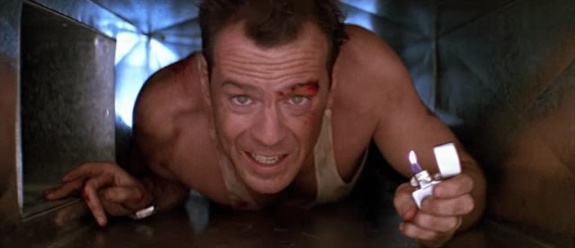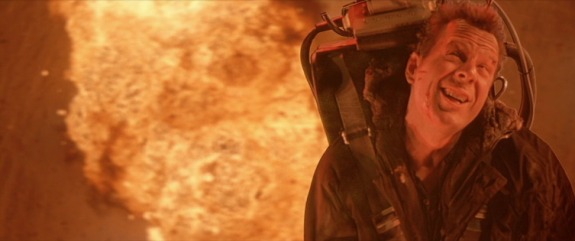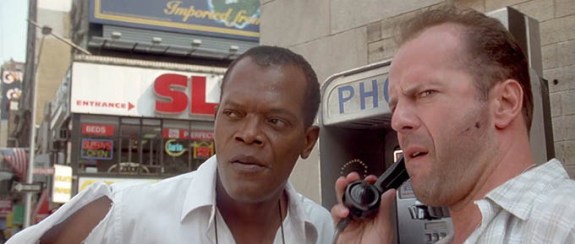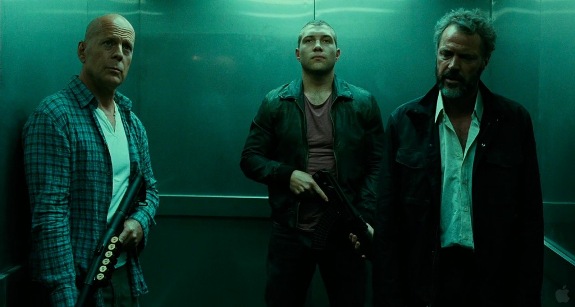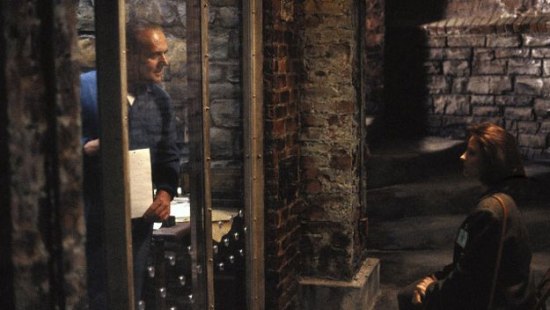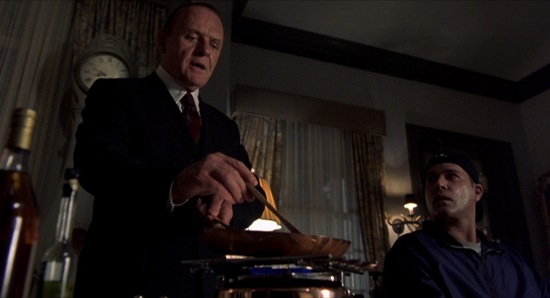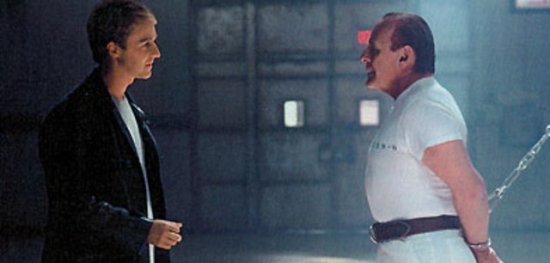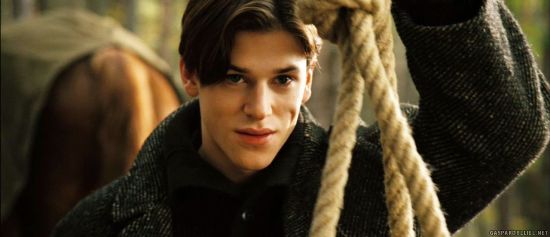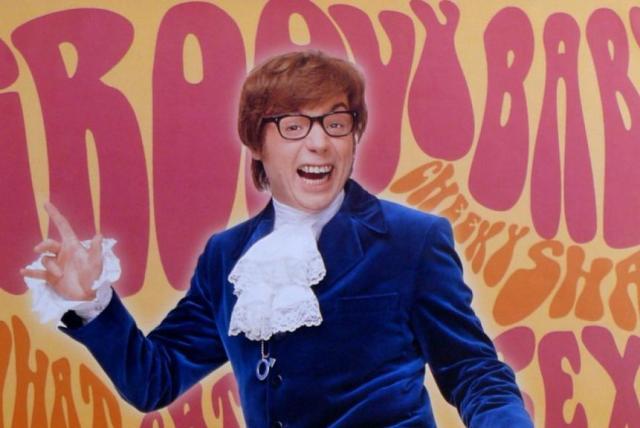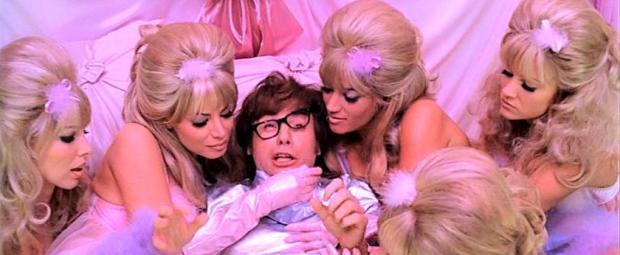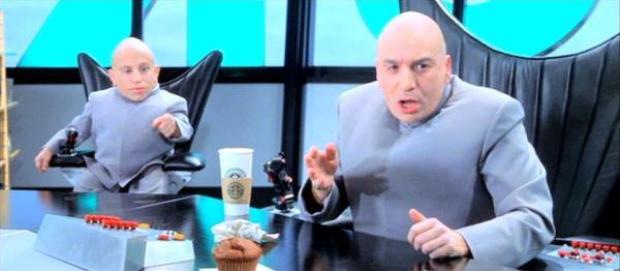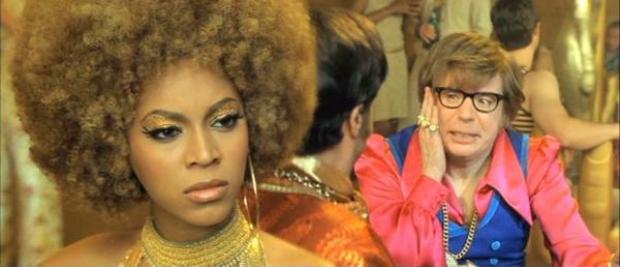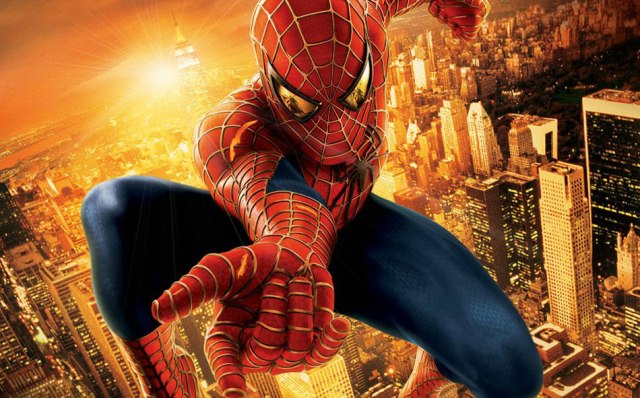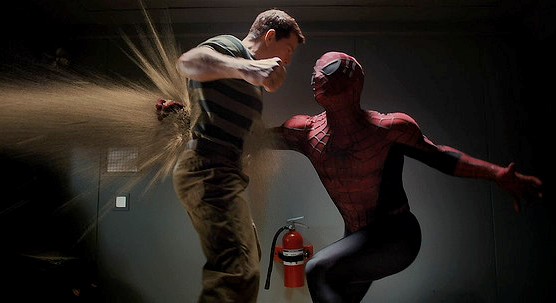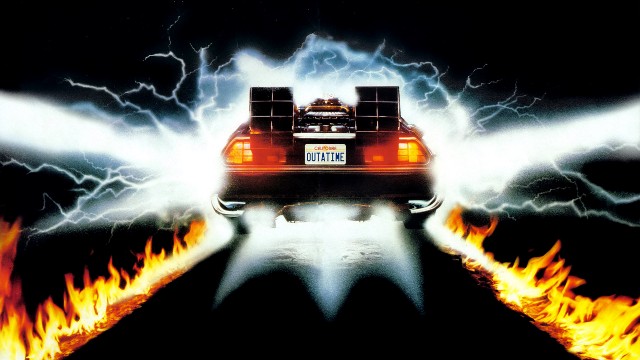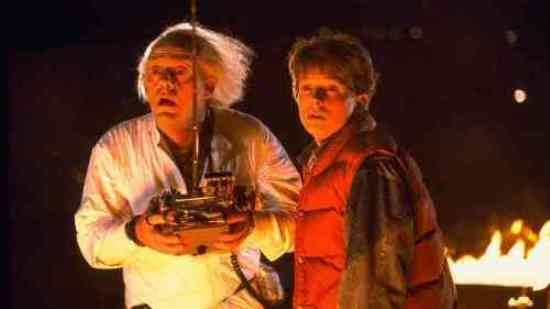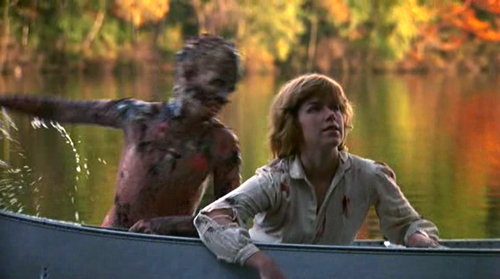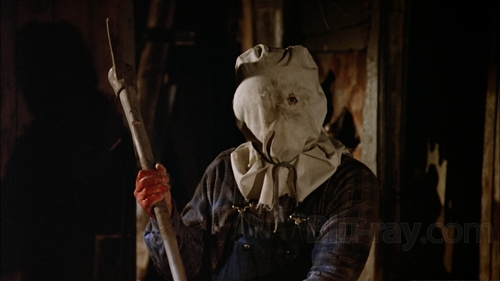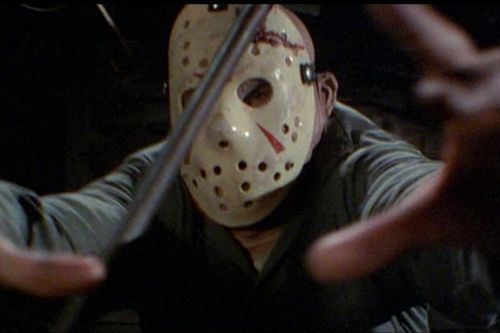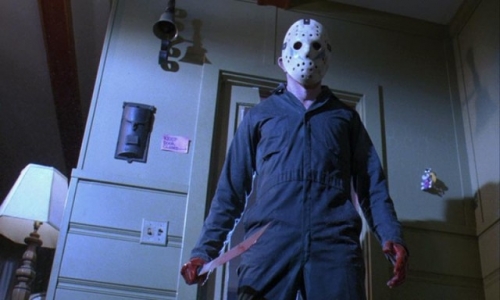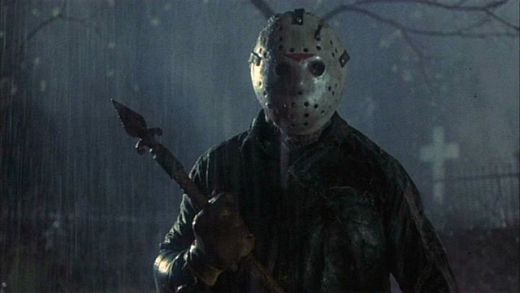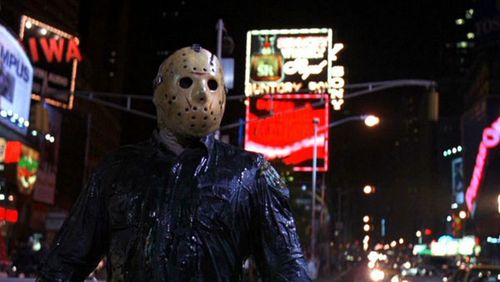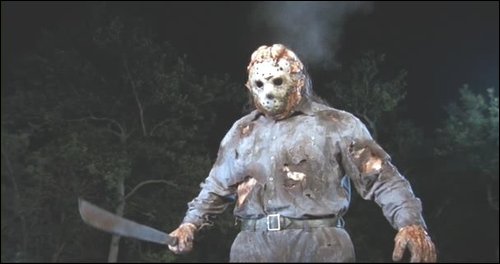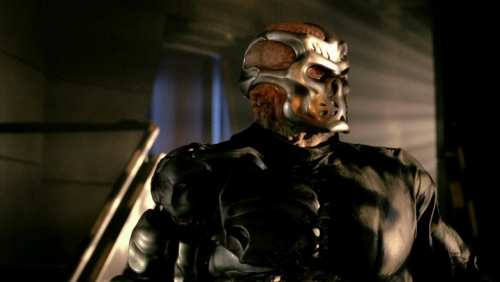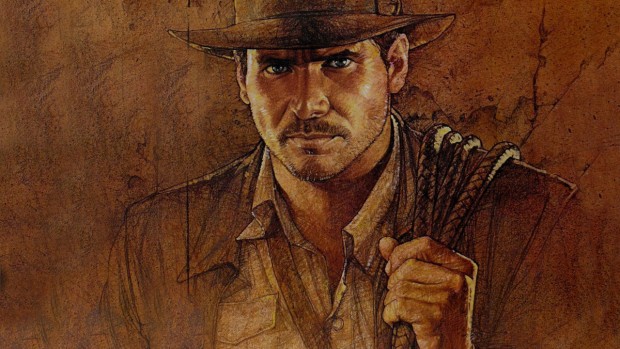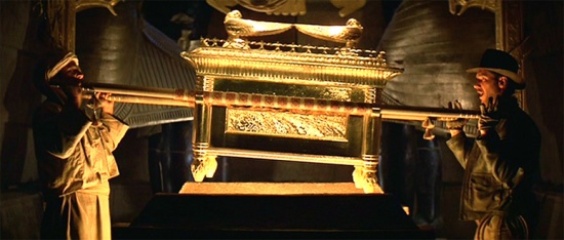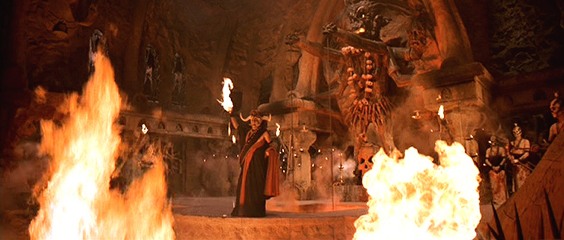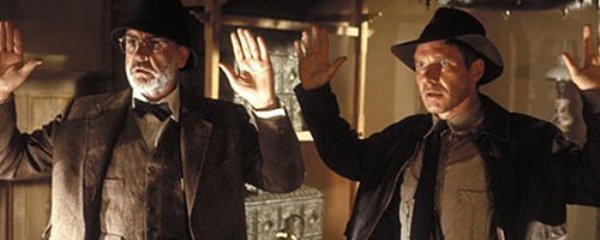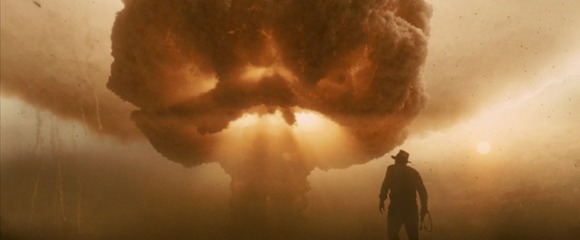If there’s one genre that has churned out countless spin-offs and unnecessary sequels, it would be the action film genre. And not just any kind of action films; usually the one that you’ll see countless iterations of year after year will be the cops versus criminals sub-genre. It’s an easy, go to plot-line to exploit for cinematic purposes, mainly because all the elements are so easily defined. Morals are clearly delineated, with no gray areas between the good and the bad. The good guys are clearly righteous and the villains are wholly despicable. And, as is often the case, the task of saving the day is left to one lone wolf who breaks all the rules in pursuit of justice. While this can fall prey to formula far too often, it doesn’t mean that crime based action movies aren’t without some bright spots. Last year brought us the Keanu Reeves headlined John Wick (2014), which was a surprisingly engaging movie with perfectly choreographed shootout scenes and an engaging revenge plot at it’s center. However, sometimes when one movie in this genre becomes a surprise hit, it ends up leading to a franchise that stretches the already thin premise of the first movie too much. Liam Neeson’s Taken (2008) is a perfect example, where the first reasonably entertaining film spawned two tedious and painfully bad sequels. Given the relatively easy production turnarounds that these action movies have, it’s easy to see why this happens so often. But, if there’s a franchise that has clearly defined the genre, and has been stood the test of time, it would be the Die Hard series.
Adapted from a 1979 Roderick Thorp novel called Nothing Lasts Forever, the first Die Hard was released in the summer of 1988 to wild acclaim and huge box office. While it still featured many of the same features typical of most 80’s action flicks, like the over-the-top pyrotechnics and the excessive gun-fire, it did break the mold from the genre with it’s characters. In particular, the character of Lieutenant John McClane. McClane was unlike any action hero seen on the big screen up until that point. He was snarky and pop-culture savvy, and unlike the Stallones and the Schwarzeneggars before him, he wasn’t left unscathed by his ordeal. Over the course of the movie, John McClane takes a beating, getting cut and bruised relentlessly, leading to a very weakened shell of the man just surviving off sheer adrenaline. By humanizing the hero, the movie managed to make the character more relatable to audiences of all types, and in turn made him an endearing icon of the genre. This is largely due to a very charismatic performance from Bruce Willis, who up until this point was more of a romantic lead on television, as one of the stars of the show Moonlighting. After Die Hard, Bruce Willis would become the model of the new, modern action hero and it would be a career path that he would continue for years after, as well as continuing in more Die Hard sequels that followed. In this article, I will be looking at each of the movies of the franchise; from the monumental first film to the awful and unnecessary final film. In addition, I will be looking at how well the movies moved the brand forward and how well they stuck to the formula overall. And with that, welcome to the party, pal.
DIE HARD (1988)
Directed by John McTiernan
Here is the one that started it all and launched a whole new era in action film-making. Seen today, Die Hard may seem cliched and too familiar to anyone coming to it fresh, but that’s only because most of the tropes we see in action movies today were done here first. Die Hard has become the go to Bible for how to make a solid action movie for many contemporary filmmakers, and that’s a strong testament to it’s legacy. The story actually was inspired by the classic Irwin Allen spectacular The Towering Inferno, about a group of characters trapped in a burning high-rise. Author Roderick Thorp took that idea and added a heist plot to the mix and this was the result. Bruce Willis, as stated before, is perfectly cast as John McClane; a tough as nails New York cop thrown completely out of his element while vacationing in Los Angeles. But Willis’ performance is even overshadowed in the film by his co-star Alan Rickman, who amazingly was making his feature film debut here. Rickman plays the central villain Han Gruber and he steals every scene he is in. His dry delivery bounces off of Willis’ manic performance perfectly , making it one of the best hero versus villain dynamics in movie history. Reginald VelJohnson of Family Matters fame also lends great support as the lone sensible cop on the scene and McClane’s sole contact to the outside world. In addition, the setting itself (the fictional Nakatomi Tower) becomes a character in the movie, proving to be just as perilous to John McClane as the bad guys who inhabit it. Overall, it’s easy to see why this movie has become the classic that it’s seen as today and thankfully it’s still a lot of fun to watch.
DIE HARD 2: DIE HARDER (1990)
Directed by Renny Harlin
So, with the monumental success of the first movie, it was inevitable that a sequel would follow. And while Die Hard stands perfectly well on it’s own, there were more possibilities that could be explored with John’s story; like maybe showing him on the job on his home turf. Surprisingly that’s not what the filmmakers did with this sequel. What we got instead was John McClane going through the same kind of mayhem as before, only now it’s at an Airport. The story this time finds John McClane wrestling with an espionage plot where armed mercenaries (led by William Sadler’s Colonel Stuart) wreck havoc with the flight controls and cause disorder on the airport runways in order to smuggle out a criminal drug lord (played by Franco Nero). For some, this movie is probably a let down compared to the first, and it does indeed feel a little bit like a rehash at times. But, there is still a lot to like in this sequel. For one thing, Bruce Willis is still solid, making John McClane just as snarky and resilient as ever. The setting of the airport (Dulles International, to be exact) also gives the movie a fresh new feel as well. The movie amps up the comedic bits as well, without being too distracting. Some of the meta humor here really works, especially when John McClane keeps complaining about how this stuff keeps happening to him. The supporting cast is fine, particularly Dennis Franz as a fellow police officer, though the character dynamics don’t quite have the same effect as in the first film. If the movie has a major fault, it’s with the antagonists, who are nowhere near as memorable as Rickman’s Hans Gruber. But even still, with a solid lead performance by Willis and some wild action set pieces, like the famous ejector seat scene, this is a sequel that makes continuing the franchise worth it.
DIE HARD WITH A VENGEANCE (1995)
Directed by John McTiernan
Now we finally see John McClane on his home turf. With John McTiernan returning to the directors’ chair, Die Hard With a Vengeance marked probably the biggest departure for the series. Instead of having the story confined to one singular location, the story instead takes John McClane on a wild goose chase all across New York City. Led by an ominous voice on the phone (supplied with outstanding menace by Jeremy Irons), John McClane is led up and down NYC solving puzzles and finding clues, all in the hope of averting another terrorist attack perpetrated by the unknown villain on the phone line. It’s great to see the series actually shift gears and try something different, and for the most part Die Hard With a Vengeance does a good job of that. Bruce Willis, looking a little gruffer this time around, still manages to make John McClane just as appealing as ever. Only this time around, the story brings in a new character for McClane to interact with; that being a civilian caught up in the mayhem named Zeus Carver (played by the always great Samuel L. Jackson). The movie is at it’s best when Willis and Jackson share the screen, mainly because they work so well off of each other. Unfortunately, the movie is only half a great film, because once the plot finally starts to unravel, it becomes less fun. It turns out that the terrorist on the phone is actually Simon Gruber, brother of Hans, which is a plot revelation that goes nowhere in the end and only ends up being a ham-fisted way to link this movie up with the original. In my opinion, the movie is better off without this detail, and some of the intrigue is lost once we finally put a face to our villain. Jeremy Irons is a great actor, and he’s alright in this movie, but his character becomes less menacing once we actually learn his true nature. Beyond that, the movie still has some impressive set pieces, like an escape from an aqueduct tunnel, and Willis gets a co-star that is able to match his charisma and help elevate it as well.
LIVE FREE OR DIE HARD (2007)
Directed by Len Wiseman
For about a decade, it looked like the Die Hard franchise would stand solely as a trilogy, and then suddenly news broke that another film was in the works, with Bruce Willis attached. The oddly titled Live Free or Die Hard (taking the phrase from the New Hampshire state motto) has an aged John McClane assigned to help bring an internet hacker (Justin Long) into custody after a few others are suddenly found murdered. While on his way to Washington D.C., where he’s going to leave the hacker with the Feds, McClane soon becomes the target of the same organization out to kill the hacker; a group of cyber-terrorist led by a former government IT expert (played by Timothy Olyphant). A lot of fans of the series saw this as a cash-in and an insult to the bombastic series that they grew up with. Probably the biggest complaint came from the fact that the movie was rated PG-13 as opposed to the R-rating that the other films received. Even John McClane’s “yippy ki-yay motherf***er” catchphrase was drowned out by a gunshot, making a lot of fans upset. Surprisingly, I’m one of the few that doesn’t have a problem with this movie. It’s nowhere near as good as the original, of course, but for what it is, I thought that it still kept the spirit of the series alive. For one thing, Bruce Willis still delivers a fine performance as John McClane. I still like how he’s able to still laugh at how crazy his life is and that he’s still able to toy with the bad guys by making snarky insults at them. Some of the action scenes do go over the top a bit, but it still kept me entertained and it was neat to see the formula play out in a newer, high tech world.
A GOOD DAY TO DIE HARD (2013)
Directed by John Moore
Unfortunately the mild success of Live Free or Die Hard made film executives believe that they could get even more out of this series and the end result was this clunker. This is the one film in the series that absolutely no one likes, including me. Honestly, as someone who has grown to love this series over the years, as flawed as some of the entries may be, this sequel is one of the most depressing experiences that I’ve ever had watching a movie. None of the elements that made Die Hard a standout in the past are present here. This movie really doesn’t feel like it belongs in the franchise at all. It’s a poser and an undisputed cash-in. Here we find John McClane involved in a convoluted espionage plot involving nuclear scientists and the Russian mafia. The only reason McClane is in Russia in the first place is so he can find his grown up son, Jack (Jai Courtney). The plot is all over the place and there is no real reason for John McClane to be in it. He has no impact on what’s going on, as opposed to how he constantly threw a monkey wrench into the bad guys’ plans in the previous movies. There are no clear motivations by the villains or the heroes, and the plot instead relies on constant back-stabbings by the characters in order to motivate the story from one action set piece to another. It’s just a lazy movie all around, and it unfortunately drags the once mighty Die Hard brand down with it. Even Bruce Willis looks bored, and it’s clear that he’s just cashing in a paycheck here. There’s no glimmer of wit or surprise, and especially nothing of value in the bland performances. It’s a very sad end to a great franchise that turns something that was once extraordinary into just another wannabe.
Still, even given the downward trend of the franchise, it’s amazing to see the impact that the Die Hard franchise has had over the years. The way that filmmakers cast their action movies changed with the introduction of Bruce Willis as an action hero. You no longer had to be built like Schwarzenegger or Stallone in order to headline an action movie. What Bruce Willis’ John McClane brought was attitude and charisma into the action genre, showing that an action star could look and act like the every-man in all of us. It also revolutionized how violence could be shown on screen, making the bloodletting feel more realistic as opposed to being an obvious special effect. Witty banter has also become a staple of the genre ever since, with many movies trying to match the underlying humor that became such a big part of the series. And while many films have tried to recapture some of Die Hard’s charm, few have ever matched it. The original Die Hard is an icon for good reason. It broke the mold and did so by putting the emphasis on the characters. The characterizations may not be particularly deep, but they still leave an impact on you and that’s mainly due to the earnest efforts of the actors. Only recently has it begun to lose it’s luster, but thankfully it doesn’t reflect negatively on the original that made the most impact in the first place. After a quarter of a century, Die Hard is one of the action adventure genre’s best and it’s collection of sequels do a fairly commendable job of keeping John McClane’s iconic status going strong. Yippy ki-yay.

